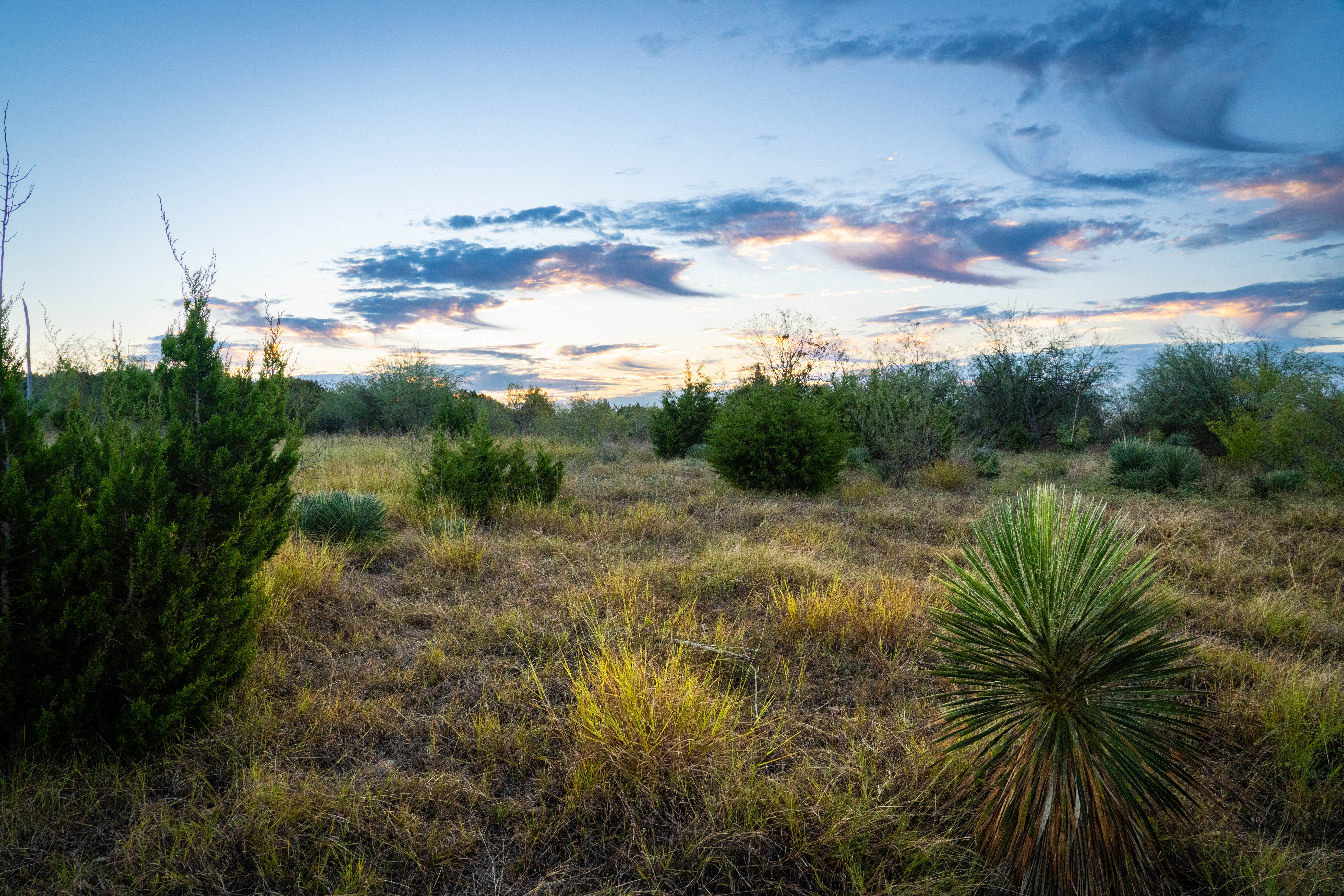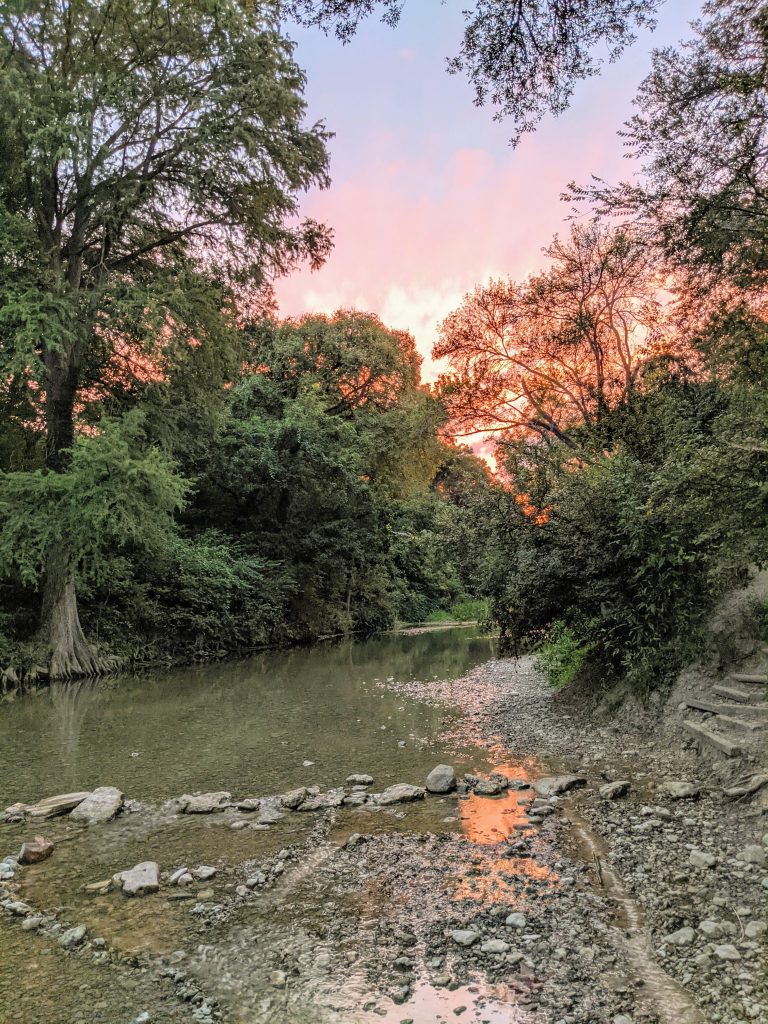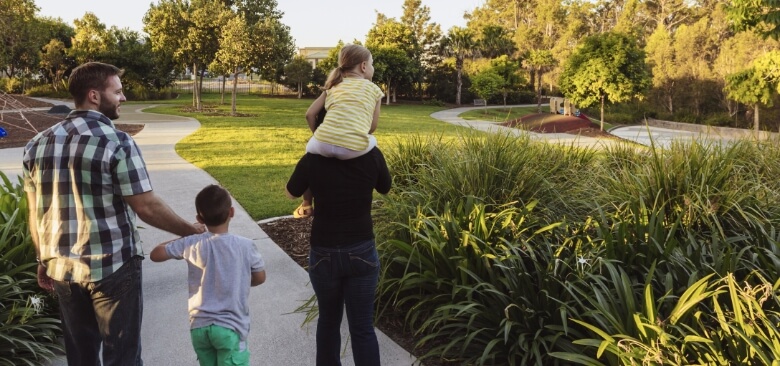

What's Happening > News
Native Plants: Key to Conserving Water in New Braunfels
Water conservation during the dry, hot summer months is becoming an increasingly critical topic in many parts of Texas and beyond, including here in New Braunfels. As summer droughts and water restrictions become the expectation rather than the exception, gardeners and lawn care enthusiasts are two groups of Texans who face particular challenges. In fact, the combined watering of millions of lawns (in other words, maintaining acres upon acres of inedible, decorative grasses) is one of the primary contributors to the region’s ongoing water struggles.
The Many Benefits of Native Plants and Grasses
One highly effective way to conserve water while still maintaining an attractive and highly functional property is by incorporating native Texan plants and grasses into your landscaping and gardening plans. Not only do these plants require less water, but they can also help support local ecosystems and even reduce your need for chemical-packed fertilizers and pesticides.
Water Efficiency
Because native plants are already well-adapted to local climates, weather patterns, and soil conditions, they don’t require you to provide them with much extra water–and often none at all, depending on the weather. This is particularly important in a place like New Braunfels, where water conservation has become a perennial summer issue and a large seasonal tourist economy puts an additional strain on resources. By choosing native plants for their yards and gardens, New Braunfels homeowners can significantly reduce their total water usage, contributing to a more sustainable lifestyle.
Supporting Local Ecosystems
Your own backyard can make a great home for beneficial insects, beautiful birds, and even a range of small native mammals. A well-planned native garden that is thriving and biodiverse will also attract local pollinators like bees and butterflies, which are crucial to the overall health of the ecosystems of the Texas Hill Country.
Low Maintenance
The water efficiency factor of native plants goes hand in hand with another great benefit: less work and more free time for you. Once you’ve established a healthy native garden, it largely takes care of itself, requiring far less intervention than a garden of exotic plants–or even a standard grass law. Native plants are also well-adapted to local pests and diseases, reducing your need for chemical treatments that can have unwelcome environmental consequences.
How to Incorporate Native Plants and Grasses Into Your New Braunfels Landscape
Each individual effort to “re-wild” a Texas lawn or landscape will look a bit different depending on the particular goals, aesthetics, ambitions, and budget of the property owner or landscapers involved–and that’s perfectly okay! There are very few “wrong” ways to incorporate more native plants into your spaces, and you can start as small as you like. Even replacing a few square feet of your lawn or exotic flower garden with beneficial native plants can set you on the path to reduced water usage.
If you’re unsure where to begin, consider this step-by-step approach:
Site Assessment
Before you do any planting, take a moment to survey your property from a plant’s perspective. Map out the sunlight exposure and soil type in each area of your yard. In most residential scenarios, sunlight exposure is largely determined by the shadows your house (and garage, fence, etc.) casts throughout the day.
As for soil type, you might find that it’s fairly consistent throughout your property, or you may be surprised by how much variance you find from one corner of your yard to the other. There are a number of distinct soil types that you could encounter throughout New Braunfels and the Texas Hill Country, and no two properties are exactly alike.
Pre-Planning
Using the information gathered in step one, you can begin to map out what types of plants and other features you want in each part of your yard or native plant garden. Visit natural areas like parks and preserves as close to your property as possible and start to research the plants you find. Even an overgrown lot near your house can be useful in this respect, but just be sure to do adequate research to distinguish native plants from invasive species.
Soil Preparation
Like any garden, proper soil preparation can be a huge factor in your native garden. Mixing the existing soil with a small amount of natural fertilizer, such as compost or compost tea, can help your native plants establish themselves and thrive throughout their first season in their new home.
Weed Control
All of the so-called “weeds”–whether they are in the form of invasive species or undesirable native plants–will also need to be dealt with before you plant new ones, just like in any other garden. When it comes to nativizing a lawn, those once-desirable (and water-needy) grasses can now be considered weeds. To fully “reset” a portion of your lawn for nativization, you can cover it with a tarp or other type of sheeting for an extended period. This deprives the grasses and weeds below of sunlight. Once they have died off, you’ll have an open space to start experimenting with native plants.
Planting Native Species
Putting your new plants in the ground is, of course, one of the most exciting parts of this process. Plant the native species in the appropriate areas of your yard based on the information you learned in step one.
Maintenance
A major benefit of a native landscape is that it’s low-maintenance. Exactly how you maintain your native landscape once it has been planted mostly depends on your personal preferences, but that doesn’t mean you should just leave everything to nature.
Continue learning throughout the process to become more familiar with your plants and their needs. Some native plants will benefit from pruning or trimming, while others do just fine without any attention from you.
Beautiful and Beneficial Native Plants to Consider in New Braunfels, TX
Microclimates and soil types can vary quite a bit throughout the New Braunfels area and the Texas Hill Country beyond. Your elevation, proximity to water, shade sources, soil composition, and other factors will have a great deal of influence over which native plants will do best in your space. Trial and error may be necessary, but seeing what works can be a fun and rewarding process.
Here are some suggestions to you get started and spark further research:
- Mealy Blue Sage (Salvia farinacea) – These perennials may appear similar to the iconic Texas bluebonnet wildflowers, although they are much taller and bloom later in the season. They are exceptionally drought-tolerant and hardy wildflowers.
- Mexican Feathergrass (Nassella tenuissima) – This hardy grass is used as an ornamental plant in some parts of the world but grows naturally right here in Texas. It is well-suited to dry conditions and adds a sense of texture to any landscape.
- Blackfoot Daisy (Melampdium leucanthum) – The petals on these wildflowers are broader than the shasta daisy, giving any home a nearly year-round bloom. These perennials grow bushy, low to the ground, and drought-resistant. Blackfoot daisies do well in full sun.
- Turk’s Cap or Wax Mallow (Malaviscus arboreus var. drummondii) – This visually striking, flowering shrub grows throughout parts of Central America but also does well right here in New Braunfels. It’s a more versatile native flower, as it’s suitable for both full sunlight and somewhat shadier areas.
- Spineless Prickly Pear (Opuntia ellisiana) – This cactus has low water needs, like other cacti, and a high drought tolerance. It also provides beautiful perennial blooms in red, yellow, pink, or orange.
Comprehensive Sustainable Living at Mayfair
A beautiful native Hill Country landscape is only one way to reduce your water usage, of course. Another is to consider moving into a new home that has been planned and constructed with energy and water efficiency in mind.
Mayfair, a vibrant residential community in New Braunfels, TX, works with top area builders such as Highland Homes and Toll Brothers, which are known for implementing modern, water saving elements like low-flow fixtures, high efficiency toilets, ENERGY STAR® appliances, tankless water heaters, and zoned irrigation systems that can manage your water use more intelligently than ever before. Visit the Mayfair website to learn about available units.






























